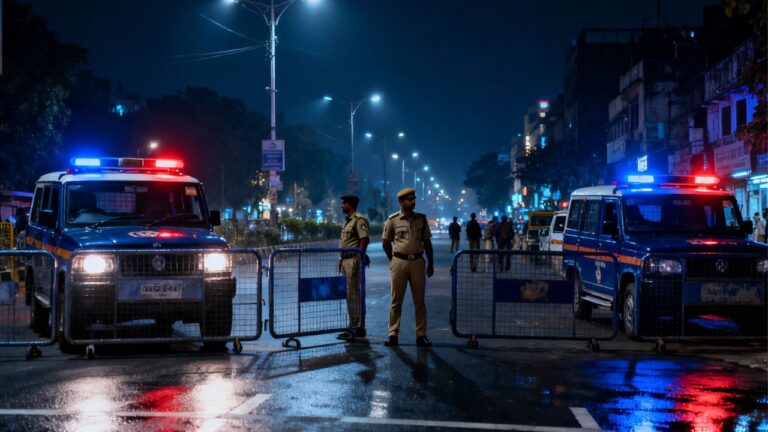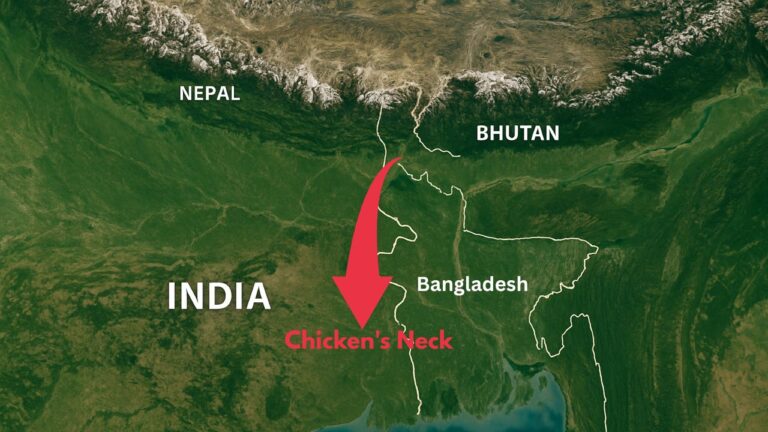
Uttar Pradesh Records Remarkable Decline in Poverty: 3.43 Crore Lifted Above Poverty Line; Bihar, MP Follow
The National Institution for Transforming India (NITI Aayog) released a report showing a remarkable decline in multidimensional poverty in India, especially in Uttar Pradesh. According to the report titled ‘National Multidimensional Poverty Index: A Progress Review 2023,’ between 2015-16 and 2019-21, an astounding 13.5 crore people transitioned out of multidimensional poverty.
The release event was chaired by Suman Bery, the Vice-Chairman of NITI Aayog, and attended by members Dr. V K. Paul, Dr. Arvind Virmani, and B. V. R. Subrahmanyam, the CEO of NITI Aayog.
This second edition of the National Multidimensional Poverty Index (MPI) relied on data from the latest National Family Health Survey (NFHS-5, 2019-21) to showcase India’s progress in combating multidimensional poverty between NFHS-4 (2015-16) and NFHS-5 (2019-21). The index followed a global methodology, measuring deprivations in health, education, and standard of living with 12 SDG-aligned indicators. These indicators covered areas like nutrition, child and adolescent mortality, maternal health, schooling, school attendance, cooking fuel, sanitation, drinking water, electricity, housing, assets, and bank accounts. Encouragingly, all 12 indicators showed marked improvements.
The report revealed a significant decline of 9.89 percentage points in India’s multidimensional poverty rate, reducing it from 24.85% in 2015-16 to 14.96% in 2019-21. Notably, rural areas experienced a faster decline, going from 32.59% to 19.28%, while urban areas witnessed a reduction from 8.65% to 5.27%. Uttar Pradesh registered the most substantial decline, with 3.43 crore people escaping multidimensional poverty.
The report provided multidimensional poverty estimates for all 36 States and Union Territories, as well as 707 Administrative Districts. It highlighted that Uttar Pradesh, Bihar, Madhya Pradesh, Odisha, and Rajasthan saw the fastest reduction in the proportion of multidimensional poor.
Between 2015-16 and 2019-21, the MPI value almost halved, decreasing from 0.117 to 0.066, while the intensity of poverty reduced from 47% to 44%. These achievements demonstrated India’s promising trajectory towards achieving SDG Target 1.2, which aimed to reduce multidimensional poverty by at least half before 2030.
The report emphasized the government’s strategic focus on sustainable and equitable development, showcasing its commitment to the Sustainable Development Goals (SDGs). The Indian government’s relentless efforts to improve access to sanitation, nutrition, cooking fuel, financial inclusion, drinking water, and electricity significantly contributed to these advancements.
Flagship programs like Poshan Abhiyan and Anaemia Mukt Bharat played a crucial role in reducing health deprivations. Initiatives like Swachh Bharat Mission (SBM) and Jal Jeevan Mission (JJM) enhanced sanitation nationwide. The Pradhan Mantri Ujjwala Yojana (PMUY), providing subsidized cooking fuel, positively transformed lives, resulting in a 14.6 percentage points improvement in cooking fuel deprivations.
Other initiatives like Saubhagya, Pradhan Mantri Awas Yojana (PMAY), Pradhan Mantri Jan Dhan Yojana (PMJDY), and Samagra Shiksha also played pivotal roles in significantly reducing multidimensional poverty in India.
The report’s findings underscored the government’s unwavering commitment to improving citizens’ lives through consistent implementation of a diverse set of interconnected programs & initiatives, aiming to create a brighter and more equitable future for all.
The report may be accessed at www.niti.gov.in






